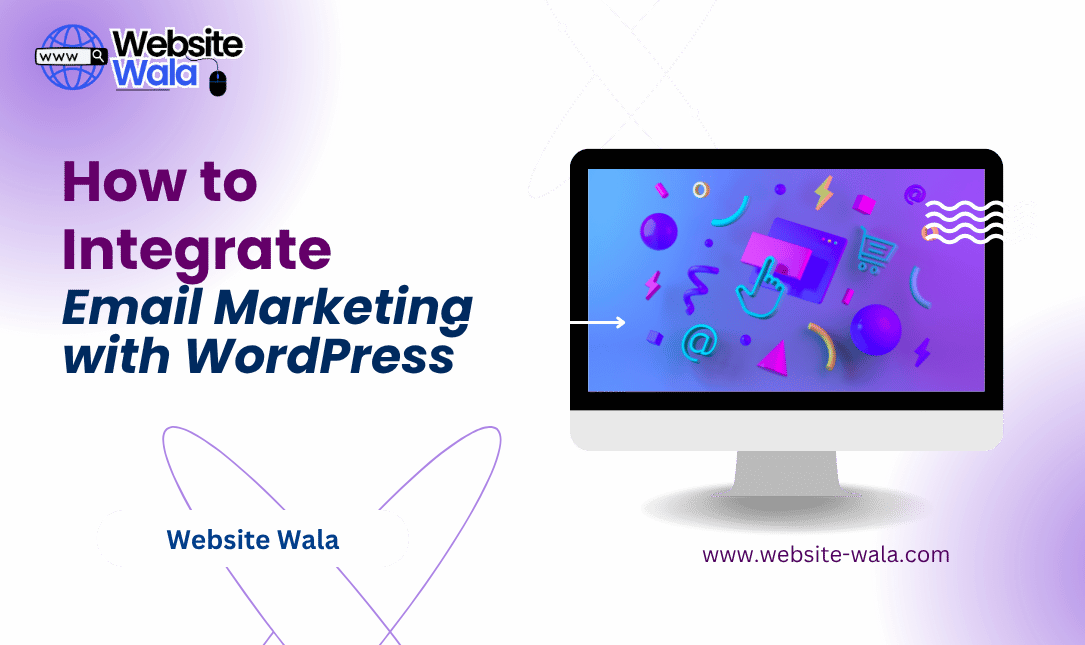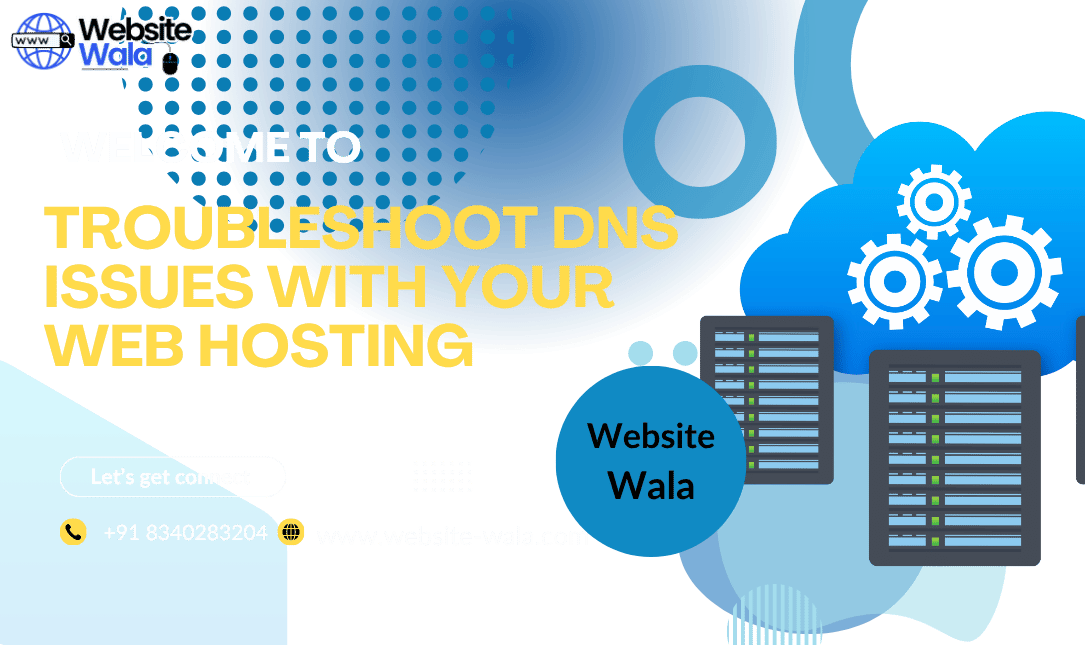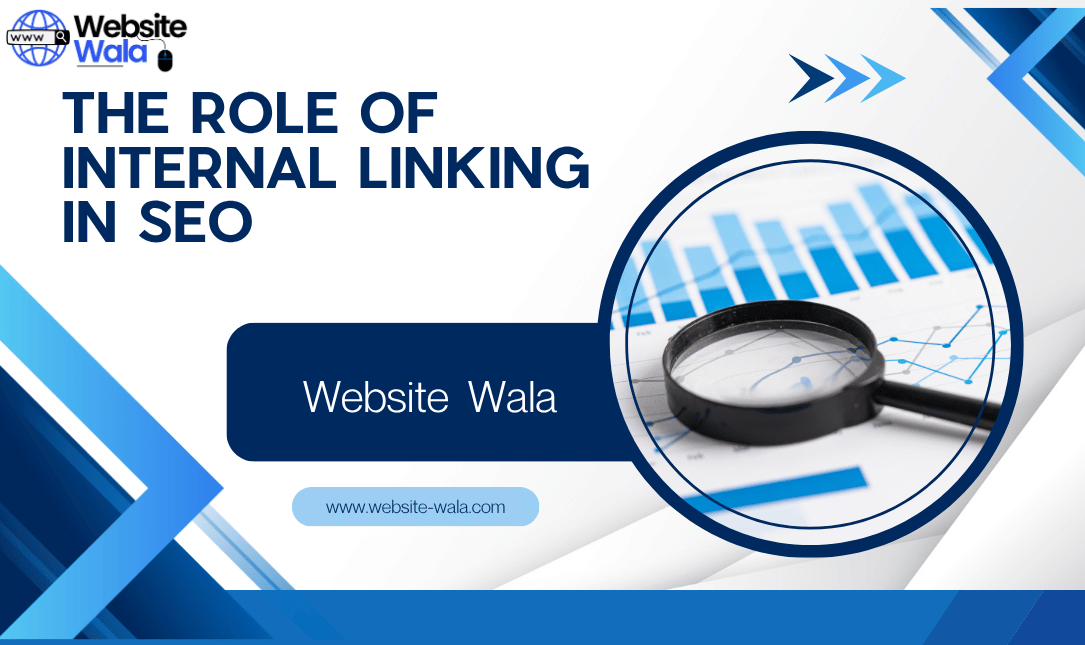
Discover how web development can significantly influence your website's conversion rates. Learn about the latest trends and strategies to optimize your site for higher conversions.
The Impact of Web Development on Conversion Rates
Web development plays a crucial role in determining the success of a website, especially when it comes to conversion rates. Conversion rates refer to the percentage of website visitors who take a desired action, such as making a purchase, signing up for a newsletter, or filling out a contact form. In this article, we will explore how web development can significantly influence your website's conversion rates and discuss the latest trends and strategies to optimize your site for higher conversions.
Website Optimization
One of the key ways that web development can impact conversion rates is through website optimization. This involves making sure that your site is designed and structured in a way that encourages visitors to take the desired action. This includes factors such as user experience (UX), user interface (UI), responsive design, and mobile optimization.
User Experience (UX)
UX plays a critical role in determining how visitors interact with your website. A well-designed website that is easy to navigate, loads quickly, and provides valuable content will not only keep visitors on your site longer but also increase the likelihood of them converting. Web developers can optimize the UX of your site by improving the layout, navigation, and overall usability to create a positive experience for users.
User Interface (UI)
UI focuses on the visual elements of your website, such as colors, fonts, images, and buttons. A visually appealing and intuitive UI can help guide visitors towards the desired action and increase conversion rates. Web developers can create a clean and attractive UI that enhances the overall design of your site and encourages visitors to engage with your content.
Responsive Design
With the increasing use of mobile devices, having a responsive design is essential for ensuring that your website looks and functions properly on all screen sizes. A responsive website adapts to different devices and browsers, providing a seamless experience for users regardless of how they access your site. Web developers can implement responsive design techniques to optimize your site for mobile users and improve conversion rates.
Mobile Optimization
In addition to responsive design, mobile optimization focuses on creating a mobile-friendly experience for users. This includes optimizing site speed, streamlining navigation, and simplifying the checkout process for mobile visitors. Web developers can use mobile optimization strategies to ensure that your site performs well on mobile devices and maximizes conversions from mobile traffic.
A/B Testing
A/B testing is a method used to compare two versions of a webpage to determine which one performs better in terms of conversion rates. This involves creating two versions of a webpage with a single difference, such as a different headline, button color, or call-to-action. By measuring the performance of each version, web developers can identify which elements are most effective in driving conversions and make data-driven decisions to optimize their site for higher conversion rates.
Landing Pages
Landing pages are standalone web pages created specifically for a marketing campaign or promotion. They are designed to prompt visitors to take a specific action, such as making a purchase or signing up for a service. Web developers can optimize landing pages by focusing on a clear call-to-action, compelling copy, and relevant imagery to increase conversion rates and drive more leads or sales.
E-commerce Optimization
For e-commerce websites, web development plays a crucial role in optimizing the online shopping experience for customers. This includes improving site speed, streamlining the checkout process, and implementing secure payment gateways. Web developers can also integrate features such as product recommendations, customer reviews, and personalized recommendations to enhance the shopping experience and increase conversions on e-commerce sites.
SEO and Website Performance
Search engine optimization (SEO) is essential for driving organic traffic to your website and increasing visibility in search engine results. Web developers can optimize your site for SEO by improving site speed, optimizing meta tags, and creating high-quality content that is relevant to your target audience. By implementing SEO best practices, web developers can help increase your site's ranking in search engines and attract more visitors, leading to higher conversion rates.
Digital Marketing Integration
Web development plays a crucial role in integrating digital marketing strategies into your website to drive traffic and increase conversions. This includes implementing tracking codes, creating custom landing pages for marketing campaigns, and optimizing your site for lead generation. By working closely with digital marketers, web developers can ensure that your site is optimized for maximum conversions and aligns with your overall marketing goals.
In conclusion, web development has a significant impact on conversion rates and plays a crucial role in optimizing your website for higher conversions. By focusing on website optimization, A/B testing, landing pages, e-commerce optimization, SEO, and digital marketing integration, web developers can create a user-friendly and engaging website that drives more leads, sales, and conversions. By staying informed about the latest trends and strategies in web development, you can ensure that your site is always optimized for success.























